Feasibility study that includes business plan, economic analysis a must
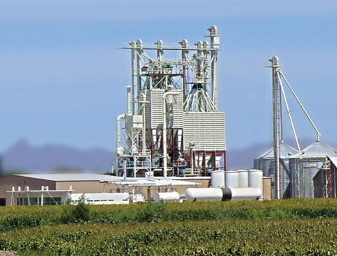
Businesses that produce animals as food for humans frequently practice integration. This can be in the form of backward integration into the production of feed or the production of seedstock, or forward integration into processing and marketing of branded products. In the United States, this practice has been ongoing for more than 40 years, especially in the poultry business.
In the aquaculture industry, there are numerous examples worldwide where feed production has been successfully integrated into businesses producing fish and/or shrimp. Although it may not be for everyone, most astute business managers will evaluate integration from time to time.
Why integrate?
There are numerous reasons why an aquaculture business would consider manufacturing its own feed. The most frequent reason is the incorporation of profits related to feed manufacturing into the primary business.
Others include more control, greater confidentiality and protection of intellectual property. Integration also provides greater access to improved and fresher feeds, and faster access to special feeds needed to improve farm productivity. It also allows better management of environmental constraints such as temperature, salinity and disease, providing a marketing advantage for the final product. Integration improves feed logistics, including ordering, transporting and inventory management, as well.
In reality, the final decision regarding integration should include most, if not all, of the above, as they all contribute to improving the profitability, sustainability and competitive advantage of the core business.
Professional advice
Manufacturing aquaculture feeds is significantly more sophisticated and complicated than manufacturing conventional farm feeds. It involves more ingredients, specialized equipment and more-demanding processing methods. These are required in order to meet the nutritional and physical requirements needed to effectively feed the variety of animals and animal sizes grown in aquaculture production systems.
Therefore, an early consideration in developing a feed-manufacturing plan should be the seeking and identification of qualified advisors. There are numerous opportunities for seeking assistance from both equipment and ingredient suppliers. Companies that engineer and design feed-manufacturing facilities can provide support, as can various independent consultants or companies in the business of technology transfer. Integrity and a track record of success in aquaculture feed production are important qualifiers in selecting the proper resources.
Products, ingredients
Feed mill equipment, design and process flow are determined by the products intended to be produced, as well as the volume required per time unit that must be achieved to meet the requirements of the animal production phases of the business.
As few as five and as many as 50 different formulations may be required, and these can be manufactured in as many as 12 different sizes. Additional product considerations include hardness, water stability, buoyancy, color, attractability, palatability and product coatings. Specifications for all required products should be determined early in the process.
Superior feeds can only come from superior ingredients. Therefore, an important next step is to identify the ingredients and their sources, nutritional contributions, wholesomeness and consistency of composition and supply. This knowledge is necessary to assist in deciding the location of the feed plant and also influences the type of equipment and storage facilities required.
Equipment
Most aquaculture feeds are produced using pelleting and/or extrusion equipment. Each has specific advantages and limitations that need to be clearly understood. This equipment, including the required boilers for steam generation, represents the most costly individual items. Others include grinders, weighing equipment, mixers and computerized batching systems. Storage for bulk ingredients is also needed.
When sourcing equipment, considerations include operating costs and efficiency, repair/maintenance costs, country of origin, ease of accessing replacement parts and, of course, initial item costs. Locally available equipment should be evaluated and considered, as should be used equipment, if available and in good condition.
Process
The process of aquaculture feed manufacturing includes receiving, storage, grinding, weighing, mixing, regrinding, pelletizing and/or extruding processing, cooling and/or drying, crumbling, sifting, top coating, packaging, storage and shipping. Most ingredients are dry, but some are in liquid form. The process flow and operating capacity of the equipment determine plant throughput and efficiency, and must be considered in the early planning stages.
Formulation
Knowledge of ingredients and their composition, plus the nutrients required to feed the culture species at various life stages, are necessary for the formulation of effective feeds. Feed formulas can materially affect equipment operating efficiency.
When considering feed integration, doing the “right” things will lead to the “right” decision for growing profits.
The feed formulation basically determines the ability of the animal to express its genetic potential. Considering both the formulation and manufacturing processes, producing the “right” product requires the consideration of up to 25 different parameters in addition to the specific nutrients required.
Quality assurance, continuous improvement
In order to produce wholesome, high-performance feeds, provisions need to be made for assuring product quality. These include developing both ingredient and product standards, quality assurance procedures, adequate laboratory equipment and properly trained staff. The importance of this area should not be underestimated.
Successful businesses realize the only thing that is constant is change, and dealing with change must be part of operating strategies. This requires developing specific tactics to maintain excellence in critical areas of the project. Some areas include employee training and retraining, product improvement through ingredient selection and formulation, and testing of new feed ingredients and additives.
Properly designed animal trials compare new products and formulations, and can assist in rapid problem solving. It is also extremely desirable to provide for independent audits of the feed-manufacturing enterprise to assure efficient, cost-effective production and compliance with quality assurance and regulatory standards and procedures.
Proper planning
The decision to integrate into the feed-manufacturing business should only be made after the preparation of a feasibility study that includes both a business plan and an economic analysis. The total cost for a new feed mill can range between $3 million and $15 million, including inventories. This is no small sum, so one of the decision criteria certainly must be, “Does the project provide adequate return on investment?”
Another important step in the planning process is to project the monthly tonnage through the mill over the next five and possibly 10 years. If increased tonnage is in the forecast, it is important to plan for that increase in the initial design and build phase of the mill. Installing the properly sized electric service and providing space for additional equipment will save a lot of money in the future, as retrofitting undersized mills can be very costly.
Selling feed to other aquaculture producers may be an option to consider. This can significantly reduce operating costs by increasing the number of tons produced, but the associated accounts receivable process can increase the cash required to operate.
Most aquaculture animal production systems are cyclical in nature. They require different products in different quantities at different times. Therefore, the plan must consider the ability to produce maximum quantities of the different products required during any specific time of the production cycle or provide sufficient warehouse space so the products can be produced in advance and available as needed from inventory.
Compliance with new and possible future regulatory standards concerning food safety must be considered. Certification programs such as GlobalGAP and Best Aquaculture Practices also have standards for feed plant compliance.
Risks
Environmental risks such as wind, rain, hurricanes and floods can be minimized by proper plant location, design and construction. Fires can be devastating, but again, with proper operating procedures and safeguards in place, the risk can be minimal.
Risks associated with financing feed sales can be managed with the proper credit policies and proper securities. Perhaps the most difficult risk to manage comes from disease, which can severely reduce the amount of feed required. Examples include acute hepatopancreatic necrosis disease in the shrimp industry and infectious salmon anemia in the salmon industry.
Options
Before making the final decision to produce feed, it may be desirable to visit existing feed-manufacturing companies to see if you can create a strategic alliance or negotiate to gain some or all of the benefits desired.
Perspectives
Integrating into feed manufacturing is a significant undertaking. It involves serious thought and analysis, especially because the investment can be significant. Aquaculture feed production is more involved and complicated than producing feeds for farm animals. Although various risks exist, there are significant benefits to be achieved, as can be demonstrated from past industry successes.
Authors
-

Thomas R. Zeigler, Ph.D.
Senior Technical Advisor
Past President and Chairman
Zeigler Bros., Inc.
400 Gardners Station Road
Gardners, Pennsylvania 17324 USA[109,111,99,46,100,101,101,102,114,101,108,103,105,101,122,64,114,101,108,103,105,101,122,46,109,111,116]
-
Matthew P. Zeigler, M.S.
Vice President
Operations/Process Engineer
Zeigler Bros., Inc. -
Sidinei Valle
Manager, Global Franchising Business
Development and Operations
Tagged With
Related Posts
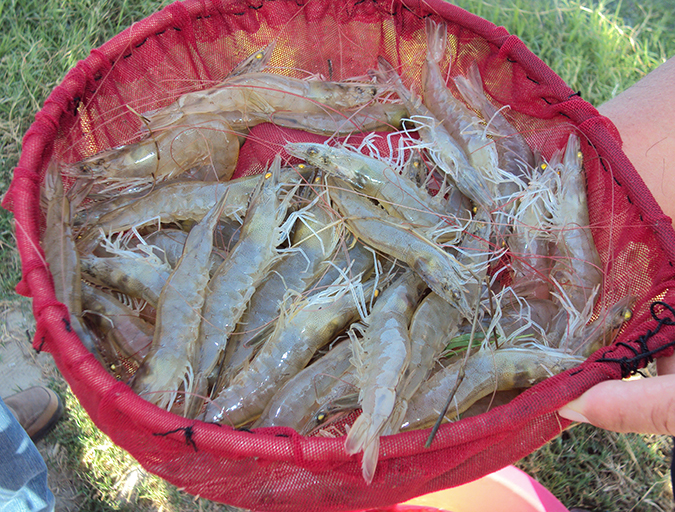
Health & Welfare
Genetics key to maximum growth rate for shrimp
Realizing higher growth rates in commercially cultured shrimp has many important benefits, including reducing various risks, cutting costs and increasing economic opportunities. Shrimp genetics primarily determines the amount of additional growth that can be achieved, as shrimp typically reflect their parents’ growth rates.
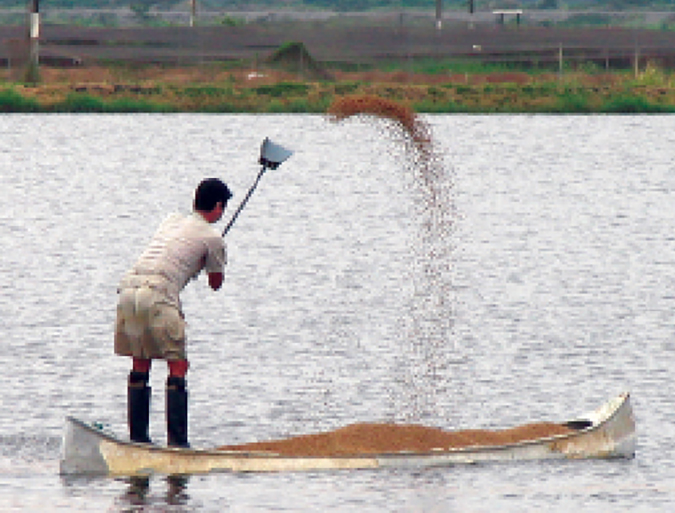
Aquafeeds
The Bottom Line: Feeds and water quality revisited
Uneaten or undigested feed and their metabolic byproducts contribute to declines of water quality in aquaculture systems. Accordingly, feed and feeding techniques require continuous review. Reducing overfeeding is an important opportunity for improving feed conversion ratios.
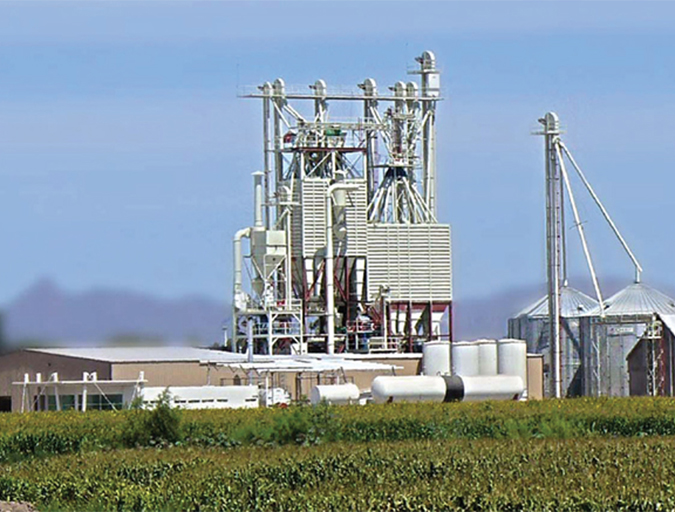
Aquafeeds
The Bottom Line: Integrating feed manufacturing into fish or shrimp production operations
Incorporating feed manufacturing into an aquaculture business offers greater and more efficient product access, control and logistics, as well as additional profit potential. A feasibility study that plans for growth and includes both a business plan and economic analysis is a must.
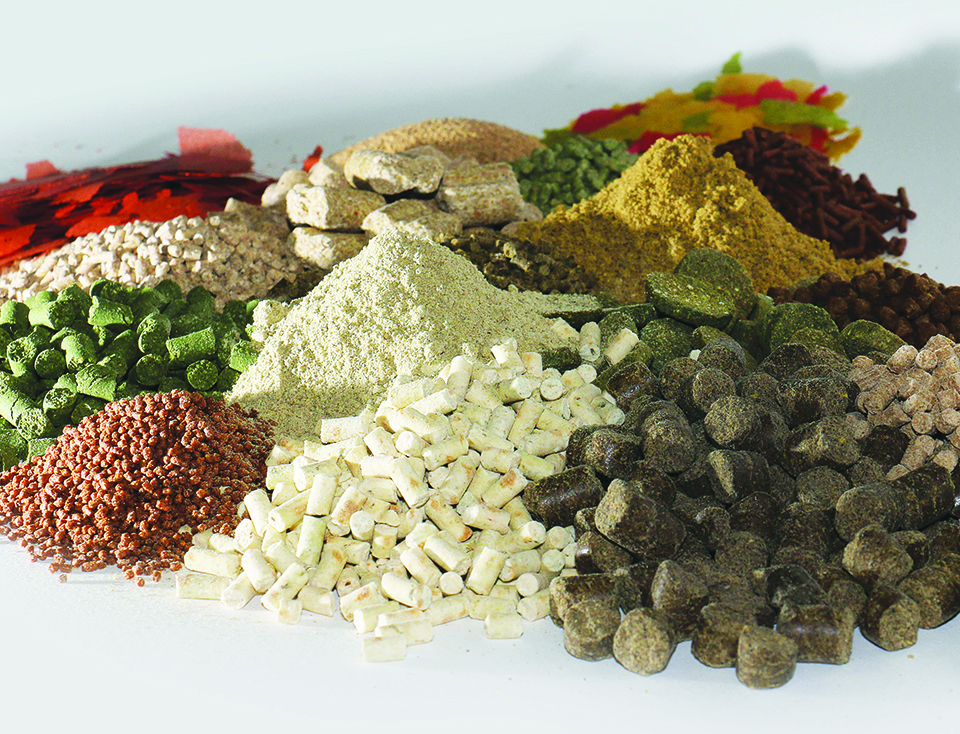
Aquafeeds
Use caution when predicting profitability with feed cost per unit gain metrics
Feed cost per unit gain (F.C./U.G.) is a metric frequently used in animal production systems to evaluate the effects of feed costs on production profitability. F.C./U.G. is calculated by multiplying the feed-conversion ratio by the unit cost of feed.


